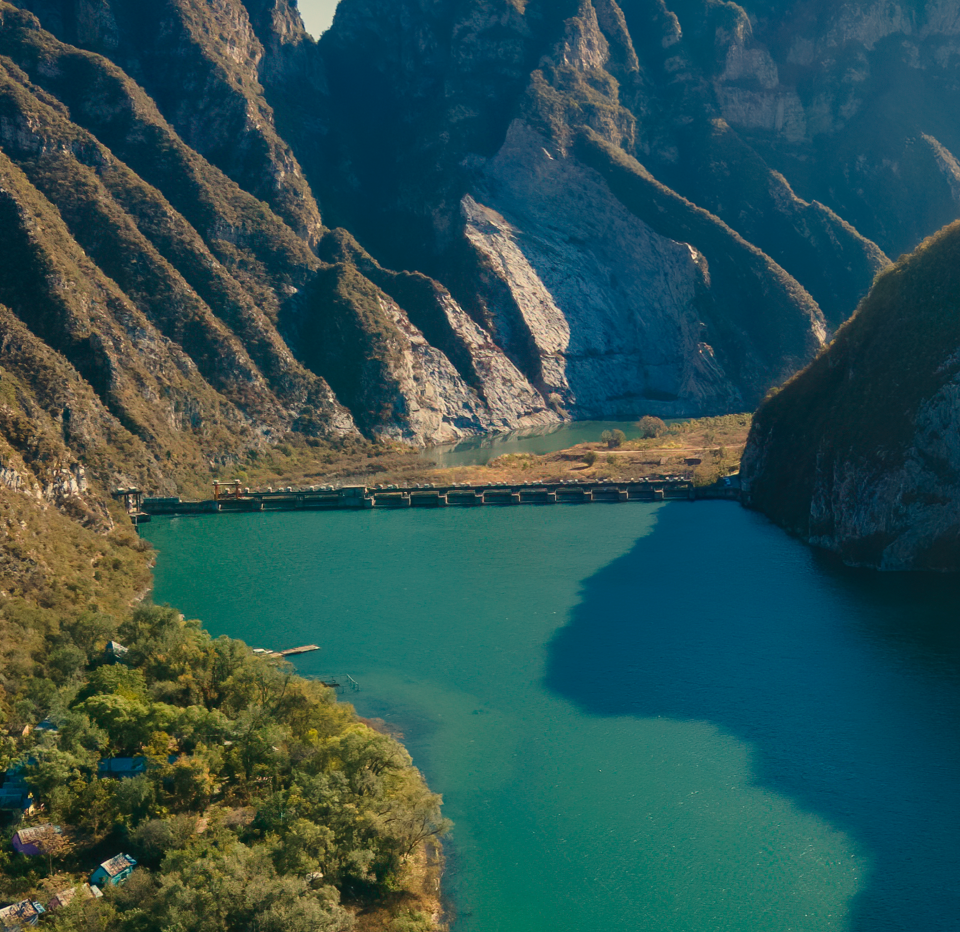The geographical location of Beijing and the use of mountains and rivers in its urban planning conformed to the traditional Chinese concept of an ideal location of the capital city.
In the Warring States Period (475-221 BCE), the Guanzi, an ancient Chinese classic text, proposed that the location of the capital city should be adapted to geographical conditions, making clever use of the natural environment:“Whenever a city or town is built, it must be built near a river or at the foot of a mountain. The terrain must not be so high as to be close to dry areas so as to ensure a good supply of water or so low as to be close to waterlogged areas so as to save the effort of building embankments and channels. You must rely on natural resources and take advantage of the terrain....
This gist is that a capital city must be built not only at the foot of a mountain but also near a big river. The terrain must not exceed arid land to ensure sufficient water supply. Nor must it be lower than where water is easily accumulated to save the labor in building dams and channels. Both natural resources and advantageous geological conditions must be considered.




